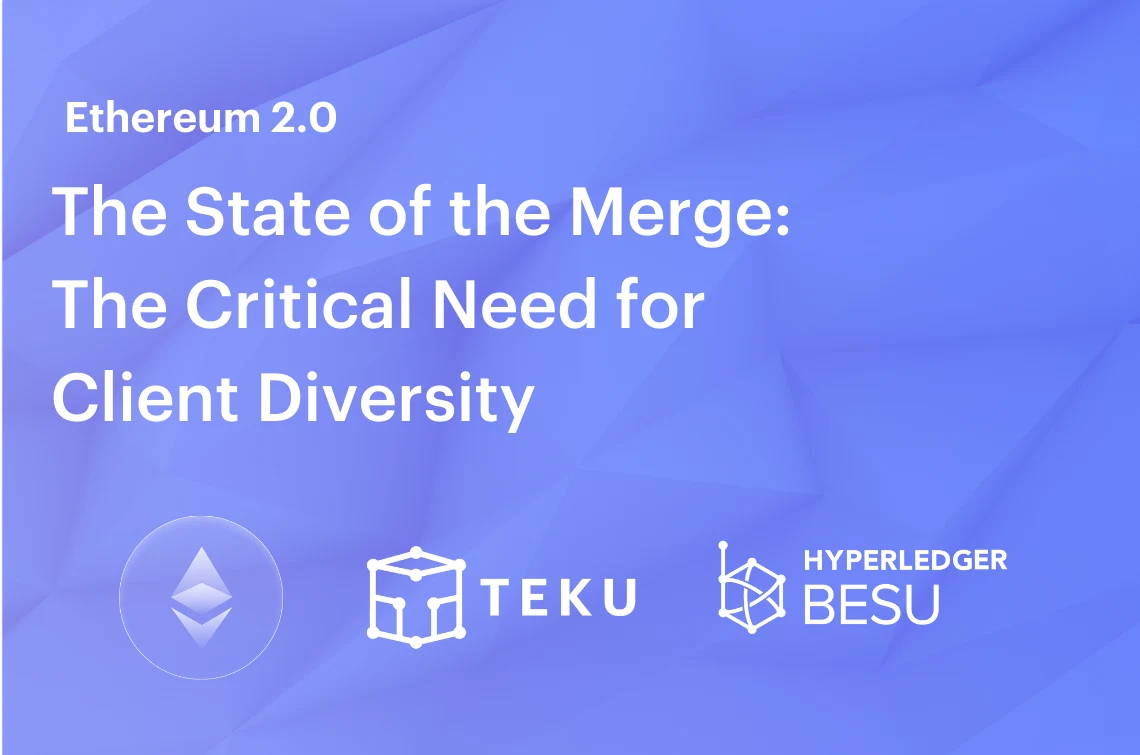The latest Merge spec was published on January 28th and is a candidate for being the final version. It’s a big milestone in the plan to deliver Ethereum on Proof of Stake. As discussed on the most recent developers’ call, there is a soft deadline to complete the Merge by early July this year, when Ethereum’s “difficulty bomb” will activate. That timeline is achievable if the testnets work flawlessly between now and then, but there’s also some chance it will take a month or two longer. We’ll see.
Meanwhile, recent stats from the Beacon chain show smooth sailing with 9.3M ETH staked, 291K active validators, and over 99% participation.
After going live a month ago, The Kintsugi public Merge testnet echoes similar positive performance with a combination of consensus and execution clients. Plans to run Kintsugi for two to three more weeks while the Merge spec is finalized and built into clients, and to kick off Kintsugi v2 (named Kiln) are on track for mid-February. Here’s the initial announcement from the Ethereum Foundation blog if you missed it and the landing page with links to all the resources. There’s still time to join the testnet. Here’s a guide on joining Kintsugi with a Besu–Teku combo by Luis Naranjo.
In rebranding news, unlike Eth2 (which remains Eth2 according to our most dedicated experts), the Beacon chain Merge upgrade got a new name: Bellatrix. This is only the name for the consensus clients, like Teku. The execution client team is coming up with its own name for the fork that will prepare it for the Merge.
And while all this progress and positivity are inspiring, client diversity remains a neglected component of the Merge.
The Importance Of Client Diversity Ahead Of The Merge
We’ve discussed client diversity and its importance before in previous updates on the Merge. Client diversity means that in order for the network to be healthy and secure, it must be sufficiently decentralized through a diversity of software clients. Ethereum is at its most robust with the majority client capturing only 33% of validators in the network. This is encouraged by a variety of incentives (that are explained further here). If one client supports the majority of the network, that uneven distribution puts the network at risk and reincarnates the inherent shortcomings of a singular vector of attack present in centralized networks. For reasons related to the Proof of Stake protocol, a bug in a supermajority client that has over two-thirds of validators could be extremely damaging to the network. In short, client diversity means more types of client software for more security. Today, this is still not the case.
Michael Sproul’s latest client diversity analysis shows while the network has grown 10x since genesis, client distributions remain unchanged. Newcomers are repeating old patterns and Prism continues to support over 66% of the network.
This problem is compounded when there are two sets of clients to worry about. The execution layer can suffer many of the same challenges with super-majority clients and protocol-level bugs in execution clients can impact the health of the network. Alongside Teku, Consensys develops Hyperledger Besu with other contributors from the open source community, an execution layer client that operates both on Ethereum’s mainnet and on private networks. Teku and Hyperledger Besu are both Java-based Ethereum clients developed by Consensys Protocols.
How Teku And Hyperledger Besu Work
Teku is an institutional-grade staking client ready for production. It powers staking services from a number of providers and is trusted by Eth2 stakers large and small. Teku prioritizes stability and validator rewards via performance tuning. Teku is a consistent, top performer for network rewards. It is compatible with external key management out-of-the-box to ensure anyone can integrate their robust key management solutions with Teku to protect and handle valuable validator keys via Web3Signer. Teku is proud to be developed alongside Hyperledger Besu and to test many of the Merge specifications, prototypes, and champion interoperability.
Hyperledger Besu is an Ethereum execution client compatible with private networks (as part of the Consensys Quorum family) and public networks like Ethereum Mainnet, Ethereum Classic and Merge networks. Hyperledger Besu is Java-based and was designed for enterprise security and consistency from the start. Hyperledger Besu is moving towards modularized architecture and the team is working hard to provide new improvements like Bonsai to reduce resource usage drastically. The Besu team is working closely with the Teku team and Ethereum Core Devs to iron out bugs and create a robust software stack leading up to The Merge.
Get Started Using Teku and Hyperledger Besu
Our goal at Consensys Protocols is to make our Ethereum clients easy to use, robust, and accessible to the public. Consensys develops both a consensus-layer client and an execution-layer client to make sure the entire stack “just works.” We also strive to provide educational materials to learn and get started. Here are two upcoming events:
On the Verge of the Merge, Wednesday, February 9th at 16:00 UTC and will cover:
Post-Merge architecture
How to join the Merge Testnets with Hyperledger Besu and Teku using easy-to-deploy community Docker-Compose tools
How to deposit test Eth, start a validator, and monitor your instance
Merge Community Call #3, Friday, February 11th at 14:00 UTC.
Deep dive into the Teku and ask questions to our Blockchain Protocol Engineers working directly on The Merge! We welcome you to break the test networks alongside us. Join us on Discord for help with set up and to share your findings and bugs!
